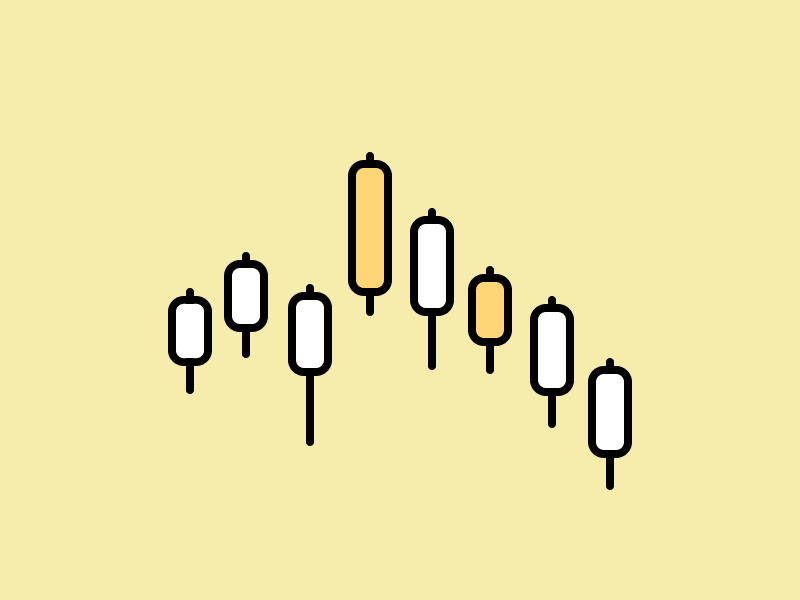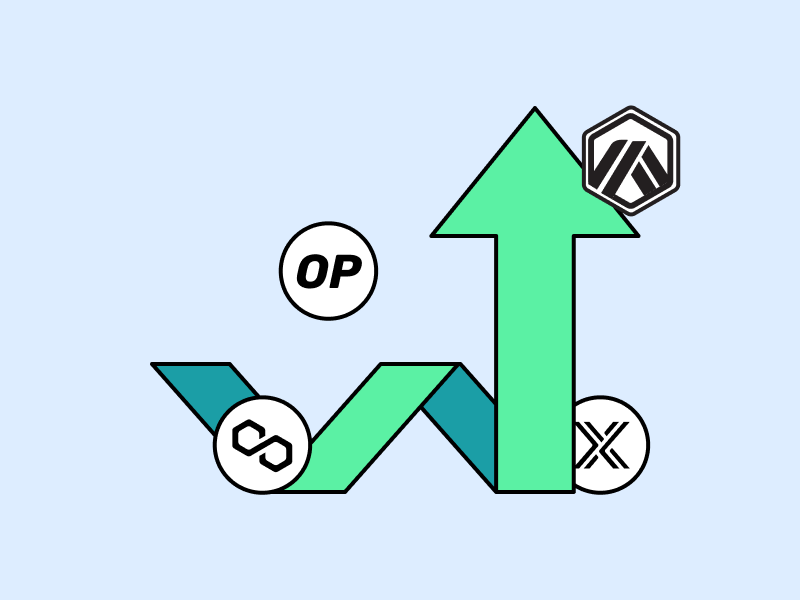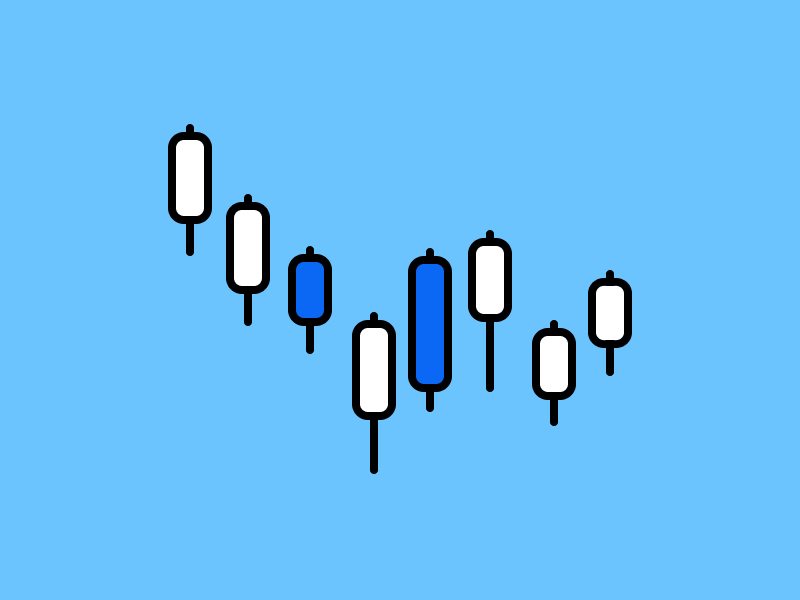Exploring Celestia Ecosystem’s Development
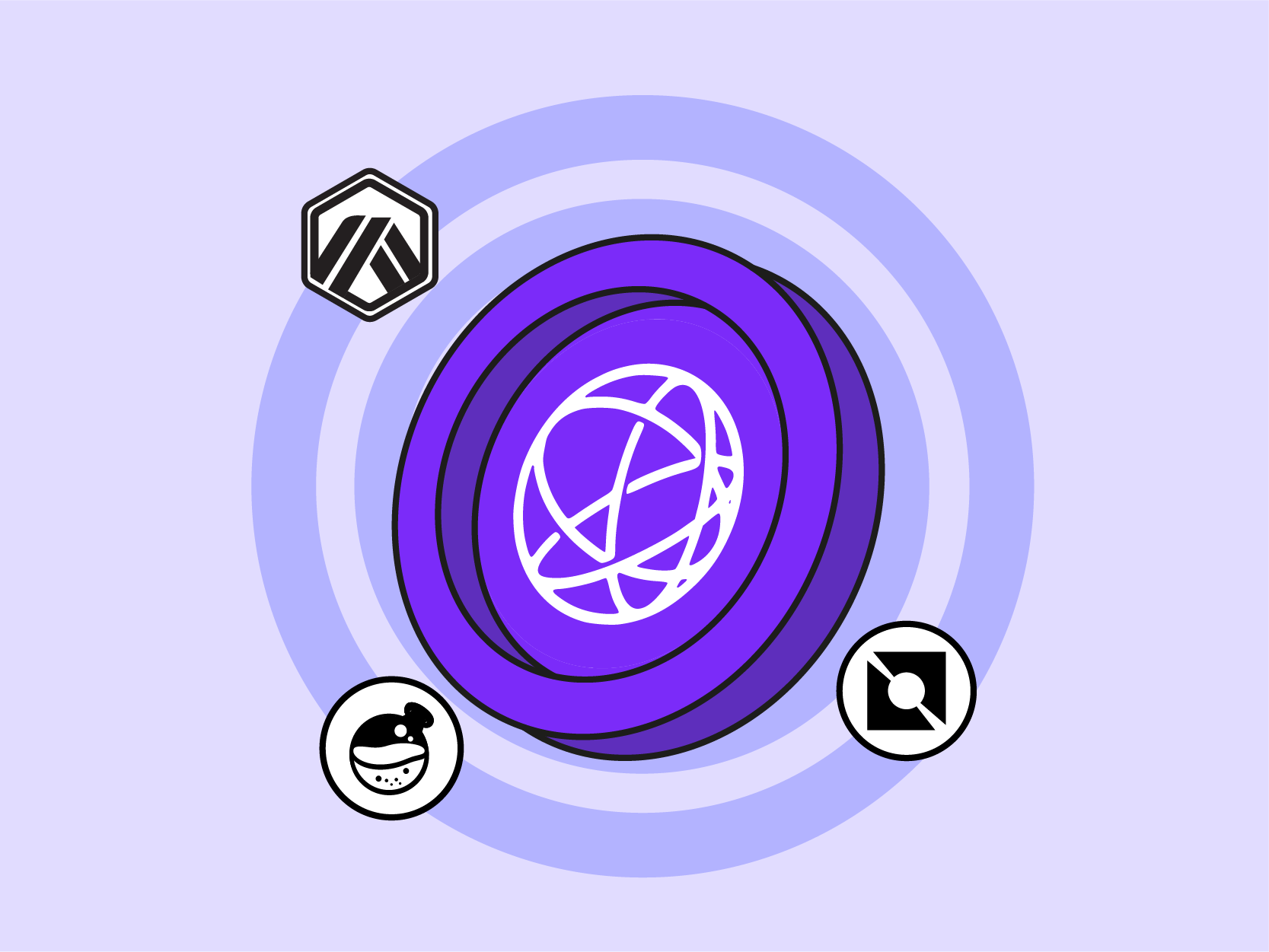
Celestia, with its modular blockchain, is expected to have a bright future. Its capacity to reliably upload data and reduce costs efficiently makes it attractive to developers. This can be seen from the increasing protocols adopting Celestia’s technology. Then, what is the current condition of the Celestia ecosystem? What protocols have exciting prospects? Check out the review in the following article.
Article Summary
- ⛓️ Celestia is the first modular blockchain that separates blockchain layers into several independent functions to improve scalability and efficiency.
- ⚡ Celestia offers lower transaction fees than Ethereum. It can potentially overthrow Ethereum’s dominance in the data availability layer.
- 🌐 The Celestia ecosystem has grown rapidly. There are now at least 85 protocols using Celestia. In addition to native protocols, other protocols have also switched to using Celestia DA.
- 🏆 Several projects using Celestia include Manta Network, Dymension, Eclipse, and MilkyWay.
About Celestia
Celestia is the first blockchain to utilize a modular architecture. With a modular architecture, Celestia can overcome scalability issues while maintaining its decentralization and security. To do so, it uses Data Availability Sampling (DAS), a system for verifying large amounts of data in the most efficient way.

As a modular blockchain, Celestia separates the data availability, consensus, settlement, and execution layers. It focuses more on the data availability layer as well as modularity and flexibility. By separating these layers, Celestia offers greater flexibility to its users.
The development team can mix and match network layers according to their needs. At the same time, they can still utilize the functions of the data availability layer, which is Celestia’s strength.
Read more about modular blockchain technology here and how Celestia works here.
Celestia’s Metrics
Celestia is a new protocol that was launched only two months ago. Even so, it managed to achieve a promising performance. Celestia can potentially disrupt Ethereum’s dominance as the most prominent data availability layer. With modularity, Celestia offers better cost efficiency than Ethereum.
This Dune Analytics dashboard created by @0xKofi can give an idea of how expensive it is to publish callData on the Ethereum Mainnet. By November 2023 alone, the combined Mainnet OP and Arbitrum had cost over US$5 million just to post data to Ethereum.

Numia has simulated the calculation of how much savings can be made by using Celestia’s DA. Based on Numia’s simulation, Celestia’s Data Availability can save up to US$ 50 million in callData costs in 6 months.

For those who are intrigued, Numia has also created a simulation dashboard. By inputting historical data and TIA token metric variables, users can get cost savings if using Celestia's technology.
While Ethereum prioritizes blockspace scarcity, Celestia is built on abundant supply. With blocks of 8MB and block times of 15 seconds, it can support as much as 46,080 MB of data daily. This means that Celestia only uses 0.1% of the data capacity.
With only 0.1% data usage, the total cost is also low. Celestia generates about 5 TIA or US$65 per day in fees. Thus, users only pay about 0.024 – 0.24 TIA or US$ 0.31 – US$ 3.12 per MB for each uploaded data.
What if Celestia maximizes its capacity to 100% in the future? If it can upload 46,080 MB of data per day for an entire year at a TIA price of US$ 13, then Celestia can generate around US$ 5.2 million in annual fees. That’s 65x more data than Ethereum can currently handle.
Celestia Ecosystem Development
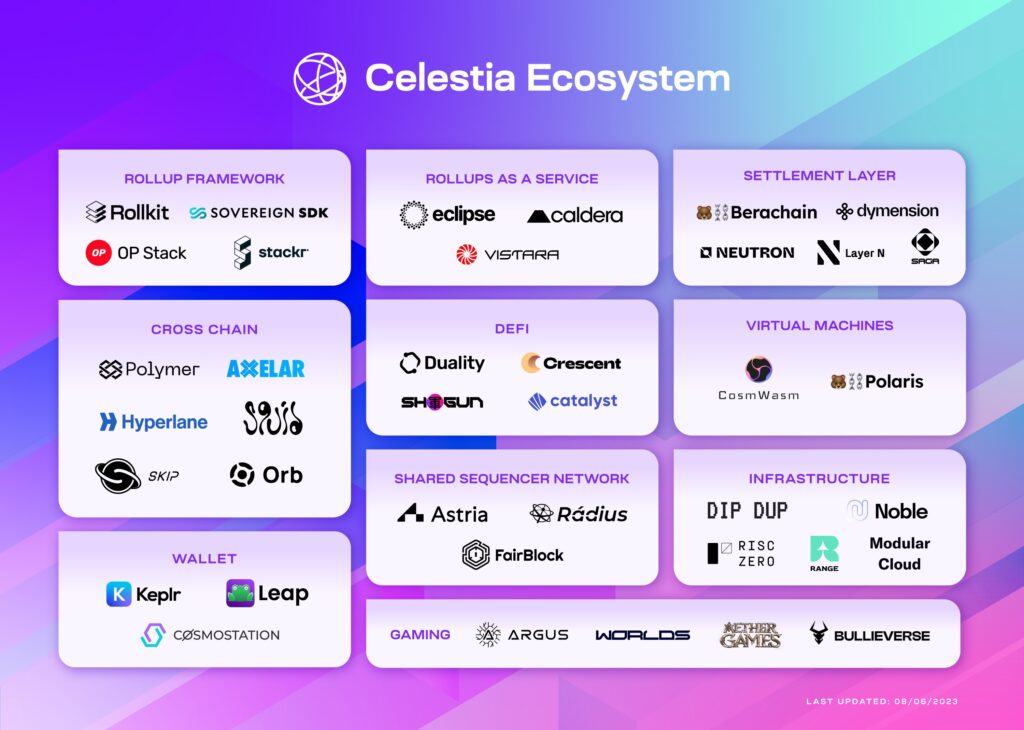
The Celestia ecosystem continues to show positive growth. Currently, there are 85 protocols or applications in the Celestia ecosystem. Some innovative native protocols in Celestia are Berachain, Caldera, Dymension, and Milkyway.
In addition, many existing protocols have also been switched from their own DA to Celestia’s DA. These protocols include Manta Network, Alpha Dune, Eclipse, Kinto, etc.

Meanwhile, at least 236,000 unique addresses have been staking TIA tokens as of January 8, 2024. The number continues to increase, even reaching double the previous seven-day period, where at that time, the number was only around 115,000.
This figure will continue to rise along with the potential airdrops from various protocols in the Celestia ecosystem. This will encourage TIA owners to stake to increase their chances of getting an airdrop.
Want to get an airdrop? Find out how to do it in the following article.
Protocol on Celestia Ecosystem
Here are some potential protocols in the Celestia ecosystem:
1. Manta Network
Manta Pacific is the first secure and scalable Zero Knowledge (ZK) compatible Ethereum Virtual Machine (EVM) platform. This is achieved by combining Polygon’s zkEVM and Celestia’s DA.
By utilizing Celestia’s modular DA, Manta Pacific can deliver fast infrastructure at a fraction of the cost of other Layer-2 (L2). Then, with the combined use of Manta’s Universal Circuits, developers will have the perfect environment to build and launch dapps.
After 100 days since the mainnet launch, Manta Pacific has ranked 3rd for Ethereum’s L2. It has also recorded over 8 million on-chain transactions and 529,000 wallet addresses and became the first L2 EVM on Celestia. Furthermore, by utilizing Celestia’s DA, Manta Pacific has saved its users over US$736,000 in gas fees.

Manta Network has recorded a Total Value Locked (TVL) of US$ 900 million. Manta New Paradigm has also been a game changer. With 140,000 participating users, New Paradigm has contributed to that TVL growth. The five largest protocols in the Manta Pacific ecosystem are LayerBank, Shoebill Finance, Quickswap DEX, Aperture Finance, and Steer Protocol.
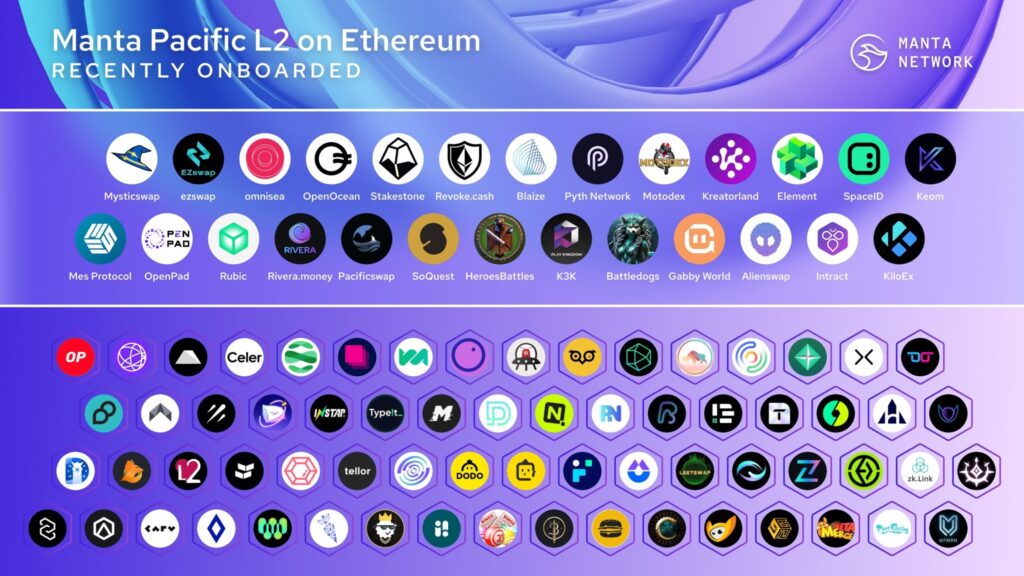
After launching Manta Pacific Alpha II, the developer team prepares Stage 3. Manta Pacific Beta will be launched in this phase while the transition towards zkEVM starts. Manta Pacific Mainnet and Universal Circuits 2.0 will be launched in the final stage.

2. Dymension
Dymension is a protocol that focuses on managing and running RollAps. Characteristically, it is similar to a web or full-stack application where users interact through the front-end (RollAps), and the back-end (Dymension Hub) acts as a coordinator for the ecosystem. As for Celestia’s DA, it is used as a data center to publish related data.
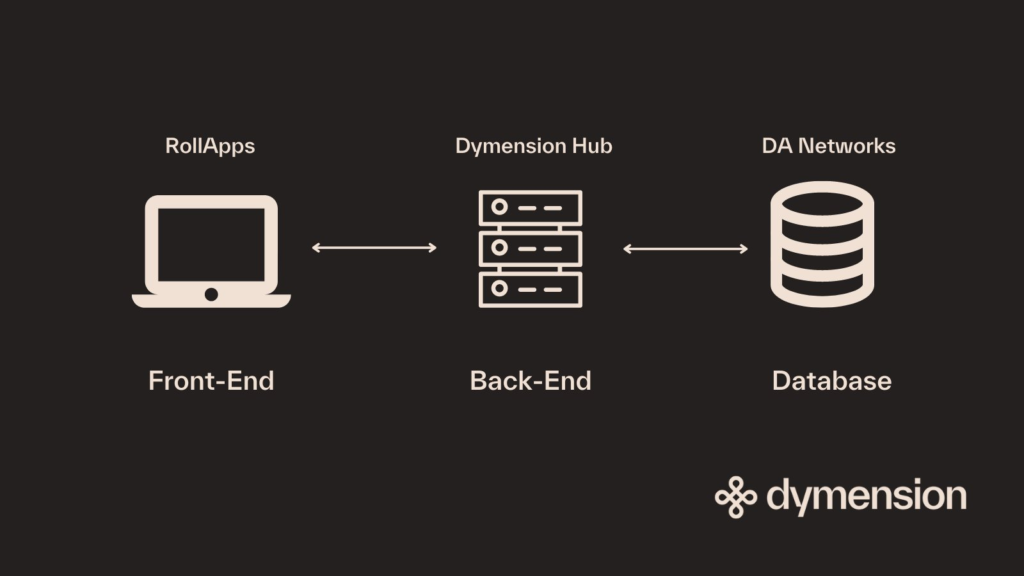
RollAps is a modular blockchain. RollAps utilizes Dymension Hub (L1) to secure existing funds and uses DA for the database. With RollAps, users can deploy blockchain easily and get more value from tokens through better security.
The Inter-Blockchain Communication Protocol (IBC) is an essential aspect of Dymension. It standardizes rollups, similar to how tokens are standardized through ERCs. Meanwhile, RollAps will connect the economies in the IBC through the Dymension Hub, similar to how a server connects to the Internet through an Internet Service Provider.
Although relatively new, Dymension has been well accepted. This can be seen from the total TVL in Dymension RollApps has reached 7.75 million DYM. Meanwhile, the number of RollAps has reached 12,679, totaling 9.29 million IBC transfers.
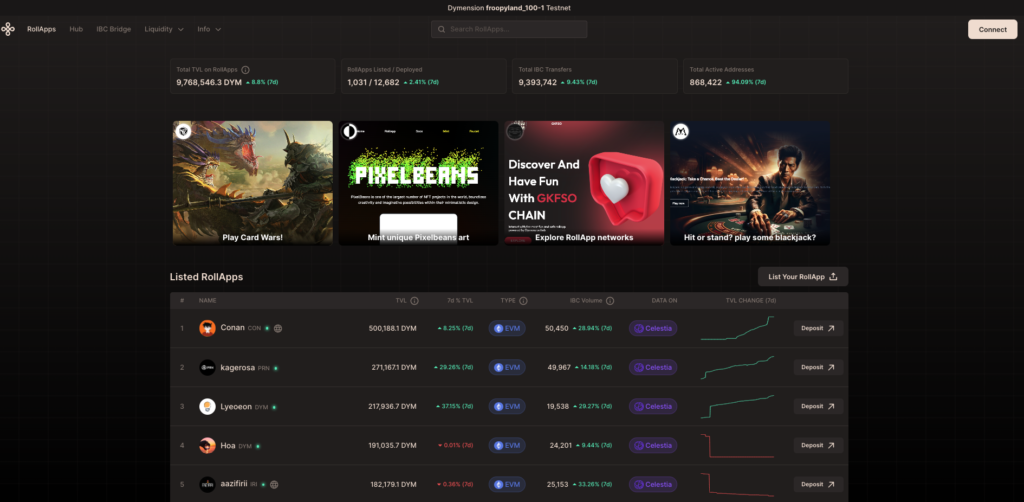
Furthermore, Dymension already has over 900 portal prototypes deployed on the Froopyland testnet. Some of them include KongDex, Jupiter, Zuperchain, to various NFT and blockhain gaming projects such as Pixel Beans, Owlstake, and Pikapika.
Dymension recently announced an airdrop distribution through the Genesis Rolldrop. A total of 70 million DYM (equivalent to 7% of the total supply) will be distributed. Users such as NFT holders, stakers, and users of applications on the Celestia, Ethereum, Cosmos, and Solana networks are eligible to claim the airdrop. You can check if you received the DYM airdrop through the following link.
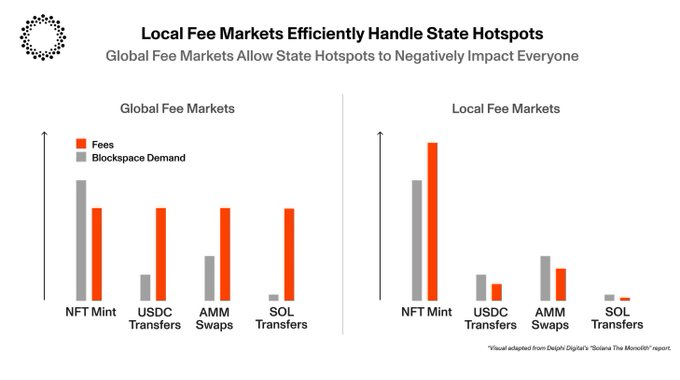
Launched on December 13, 2023, Eclipse is still in the testnet phase. They are preparing the Mainnet Beta, which will be open to developers. Some of the features that are being prepared include withdrawals, UI canonical bridge, fault-proof design using RISC Zero KSP, and fee market improvements.

4. MilkyWay
MilkyWay is one of Celestia’s native protocols. It is a liquid staking protocol for Celestia that operates on the Osmosis network. However, the MilkyWay developer team plans to migrate it to Celestia Rollkit.
Using MilkyWay, users can stake their TIA tokens. In return, users will get an on-chain token representation called milkTIA. The token can be used for various DeFi activities on MilkyWay protocols such as Osmosis, Demex, and Quasar Finance.

However, for those who want to stake, MilkyWay automatically adds the staking interest. It offers an APR of 14.3% per year. Unlike Celestia’s staking, which requires 21 days of withdrawal time, unstaking in MilkyWay can be done instantly by simply swapping through available DEX. Currently, MilkyWay has a TVL of US$ 29.51 million.
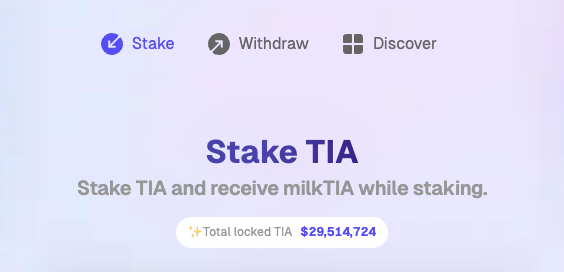
So far, MilkyWay does not have its native token. However, in its documentation page, the development team has confirmed that it will issue MILK tokens. For those with TIA tokens, staking in MilkyWay could be one way to get the MILK airdrop later.
Liquid staking allows you to earn additional interest on your staking. Find out how to do it here.
Conclusion
As the first modular blockchain, Celestia aims to offer better cost and optimization than layer-2 solutions. Using Data Availability Sampling, Celestia separates the data, consensus, settlement, and execution layers, providing great flexibility for developers.
Despite its recent launch, Celestia already shows potential to replace Ethereum in the data availability layer. The Celestia ecosystem is growing with 85 protocols and significant adoption from other networks. Some notable protocols in its ecosystem include Manta Network, Dymension, Eclipse, and MilkyWay.
How to Buy TIA on the Pintu App
You can start investing in Celestia by buying the TIA token on the Pintu app. Here is how to buy Tia on Pintu:
- Create a Pintu account and follow the process of verifying your identity to start trading.
- On the homepage, click the deposit button and top up the Pintu balance using your preferred payment method.
- Go to the market page and look for TIA.
- Click buy and fill in the amount you want.
- Now you are a Celestia investor!
Looking to invest in other crypto assets? No worries, you can safely and conveniently purchase a wide range of cryptocurrencies such as BTC, ETH, SOL, and others safely and easily on Pintu. Pintu diligently evaluates all its crypto assets, highlighting the significance of being cautious.
Pintu is also compatible with popular wallets such as Metamask to facilitate your transactions. Download Pintu app on Play Store and App Store! Your security is guaranteed because Pintu is regulated and supervised by Bappebti and Kominfo.
Aside from buying and trading crypto assets, you can expand your knowledge about cryptocurrencies through various Pintu Academy articles. Updated weekly, all Pintu Academy articles are made for knowledge and educational purposes, not as financial advice
References
- Celestia Docs, Overview of TIA, accessed on 11 January 2024.
- Dan Smith, The Future of Celestia, X, accessed on 11 January 2024.
- Numia Data, DA costs for Ethereum L2s using Celestia, X, accessed on 11 January 2024.
- Modular Media, TIA Staking On The Rise, X, accessed on 11 January 2024.
- Manta Network, Manta Pacific is the fastest-growing L2, X, accessed on 12 January 2024.
- Dymension, Presenting Dymension, Medium, accessed on 12 January 2024.
- Eclipse FND, Eclipse Testnet is live, X, accessed on 12 January 2024.
- MilkyWay Docs, What is MilkyWay? accessed on 12 January 2024.
Fireblock mempunyai arsitektur keamanan berlapis berupa kombinasi MPC-CMP dan keamanan perangkat keras untuk mengeliminasi
Share
